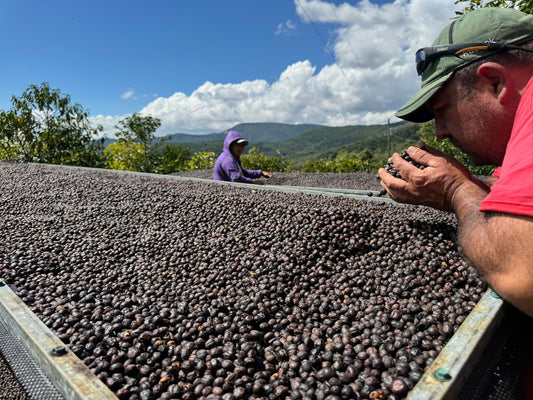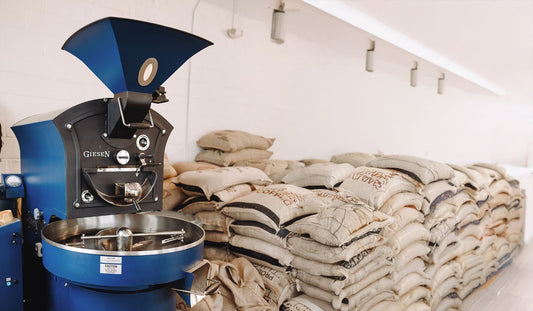Just when you thought coffee had enough to deal with, meet coffee nematode diseases. Besides the notorious coffee leaf rust, coffee plants face threats from below the ground too. These tiny, almost invisible worms called nematodes can wreak havoc on coffee roots. So, let's dive into what these pests are, how they operate, and why we should care.
What are Coffee Nematodes?
Coffee nematodes are microscopic roundworms living in the soil that feed on the roots of coffee plants. Unlike coffee leaf rust that attacks the leaves, nematodes go for the roots, causing damage that's out of sight but not out of impact. There are several species of nematodes that affect coffee, but the most notorious ones include the root-knot nematode (Meloidogyne spp.) and the root-lesion nematode (Pratylenchus spp.).
These tiny pests burrow into the coffee plant roots, causing physical damage, and even creating entry points for other pathogens. The root-knot nematode, for instance, causes the roots to form galls or knots, which severely impair the plant's ability to absorb water and nutrients from the soil. Ultimately, stunted growth, yellowing leaves, and in severe cases, the death of the coffee plant becomes imminent.
Lifecycle and Spread
Nematodes have a fairly straightforward lifecycle but it's their survival skills that are particularly impressive. They lay eggs in the soil or in plant tissues, and these eggs hatch into larvae that seek out new roots to infect. What's really tricky about managing them is their ability to survive in the soil for years, even without a host. This means they can wait out non-coffee crops and attack once coffee is replanted!
The spread of nematodes primarily occurs through contaminated soil or plant material. This can happen via tools, boots, and even water runoff. It's a sneaky microbial operation that often goes unnoticed until the damage is done.
Impact on Production
The impact of nematode infestation on coffee plants can be devastating. At first, infected plants show reduced robustness, leading to lower yields and poorer quality coffee, and as the infestation gets heavier, plant death is inevitable. The economic repercussions are significant, especially for smallholder farmers who might not have the resources for effective management strategies.
Moreover, nematodes can indirectly make plants more susceptible to other diseases. It's like when you get a cut on your skin, and if not properly cared for, it can get infected. The wounds nematodes create in the roots become entry points for fungal pathogens, making things worse.
Two common fungal pathogens that exploit these nematode-caused wounds are Fusarium and Rhizoctonia species. Both can cause intense root rot, which can be a death sentence for coffee plants because it dramatically reduces their ability to take up water and nutrients, essential for their survival and productivity.
How Do We Fight Back?
Controlling nematodes is challenging, but not entirely impossible. Some common strategies include crop rotation with non-host plants, the use of nematicides (with careful consideration for environmental impact), and the cultivation of nematode-resistant coffee varieties. Biocontrol methods using beneficial organisms to combat nematodes are also becoming popular as a sustainable alternative. For example, bacteria from the genera Bacillus and Pseudomonas, can produce substances that are toxic to nematodes, or disrupt their ability to find and infect plant roots. Not only sustainable, utilizing biocontrol agents also serves as a longer term solution to the nematode problem.
Innovative farming techniques like integrated pest management (IPM), offer a holistic approach. For example, simply by improving soil health and biodiversity, farmers can create an ecosystem less conducive to nematode proliferation.
The Big Picture
The fight against coffee nematode diseases highlights the importance of sustainable farming practices. Our selection of sustainable coffees encourages a natural shift towards farming methods that protect the plants, the soil, and ultimately, the quality too.
Through awareness on these topics, targeted research, and maintaining focus on sustainable farming practices, we can help protect our coffee plants from these natural threats. Because every sip of good coffee is worth fighting for, isn't it?



